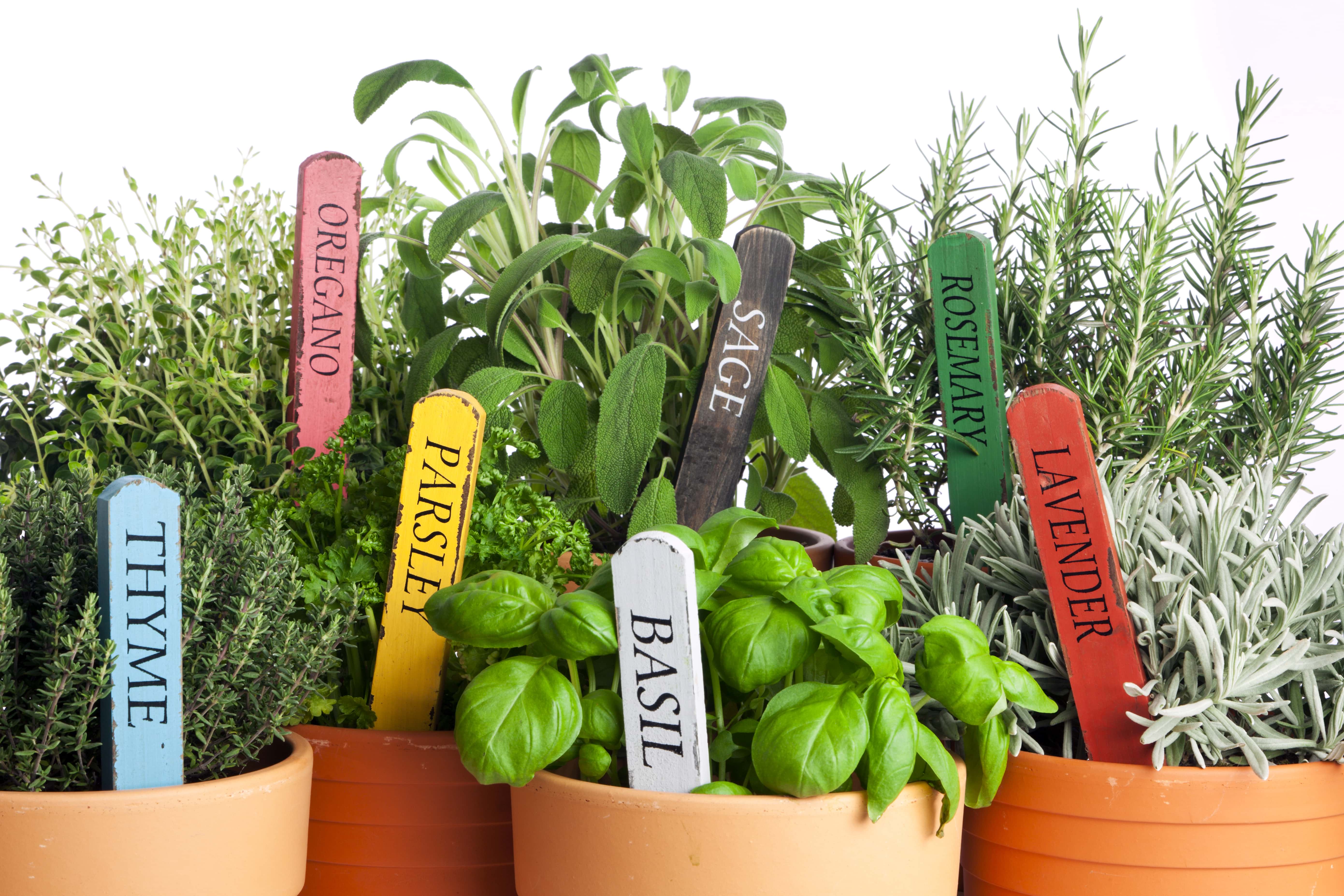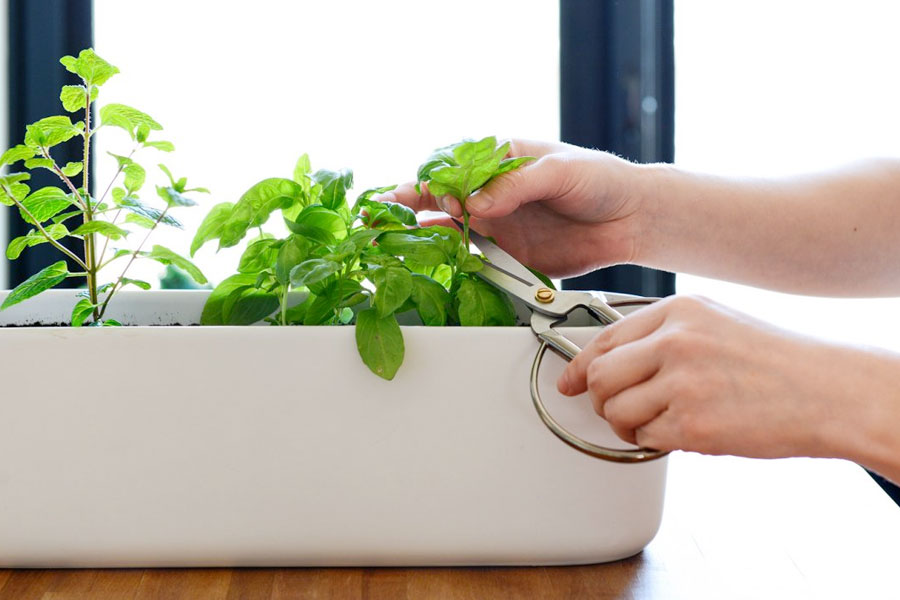How to Start a Home Herb Garden: Easy Steps for a Thriving Indoor Oasis

Imagine plucking fresh basil leaves for your homemade pizza or snipping some mint for your mojito without stepping outside your kitchen. Sounds delightful, doesn't it? Starting a home herb garden is like having a miniature farm-to-table experience right in your own space. But where do you begin? Let's dive into the simple, yet rewarding journey of creating your own herb garden.
Why Start a Home Herb Garden?
A home herb garden is more than just a decorative addition to your kitchen or windowsill. It's a source of fresh, organic herbs that can elevate your culinary adventures. Growing herbs indoors also offers therapeutic benefits, reducing stress and improving air quality. Plus, it's a fantastic way to introduce children to the wonders of nature.
Essential Tools and Supplies
Before you start, you'll need a few essentials:
- Herb Garden Kit: This typically includes seeds, pots, and soil.
- Growing Herbs Indoors: Choose herbs that thrive indoors, like basil, parsley, and mint.
- Herb Garden Care: Basic gardening tools, watering can, and a spray bottle for misting.
Choosing the Best Herbs to Grow
Not all herbs are created equal when it comes to indoor gardening. Some thrive in the controlled environment of your home, while others prefer the great outdoors. Here are some of the best herbs to grow indoors:
Basil
Basil loves sunlight and warmth, making it an ideal candidate for a sunny windowsill. It's perfect for adding a fresh twist to your Italian dishes.
Parsley
Parsley is a bit slower to grow but is well worth the wait. It's a versatile herb that can be used in a variety of dishes, from salads to soups.
Mint
Mint is incredibly easy to grow and can be used in both sweet and savory dishes. It also makes a refreshing addition to your summer drinks.
Thyme
Thyme is a hardy herb that requires minimal care. It's great for seasoning meats and adding depth to your stews and soups.
Herb Garden Design: Planning Your Space
Designing your herb garden is like creating a miniature ecosystem. Consider the following factors:
Location
Most herbs need plenty of sunlight, so choose a spot near a south-facing window if possible. Avoid areas with drafts or extreme temperature fluctuations.
Containers
Choose containers that are at least 6 inches deep to allow for proper root growth. Ensure they have good drainage to prevent root rot.
Soil
Use a well-draining potting mix designed for herbs. Avoid garden soil, as it can be too heavy and compact for indoor plants.
Planting Your Herbs
Now that you have your supplies and design in place, it's time to get your hands dirty.
Step 1: Prepare Your Containers
Fill your containers with potting mix, leaving about an inch from the top for watering.
Step 2: Plant Your Seeds or Seedlings
Follow the instructions on your herb garden kit for planting depth and spacing. Gently press the seeds or seedlings into the soil and cover lightly.
Step 3: Water Gently
Use a spray bottle to mist the soil lightly. Avoid overwatering, as this can lead to mold and rot.
Herb Garden Care: Nurturing Your Plants
Caring for your herb garden is a labor of love. Here are some tips to keep your plants thriving:
Light
Most herbs need at least 6 hours of sunlight per day. Rotate your pots regularly to ensure even growth.
Water
Water your herbs when the top inch of soil feels dry. Use room-temperature water to avoid shocking the roots.
Temperature
Most herbs prefer temperatures between 65-70°F (18-21°C) during the day and a slight drop at night.
Fertilizer
Use a balanced, water-soluble fertilizer every 4-6 weeks to keep your herbs healthy and productive.
Harvesting and Using Your Herbs
Once your herbs are established, you can start harvesting. Here's how:
When to Harvest
Most herbs can be harvested once they have several sets of true leaves. For the best flavor, harvest in the morning after the dew has dried.
How to Harvest
Use clean, sharp scissors to snip off the top 2-3 inches of growth. This encourages bushier growth and more leaves.
Storing Your Herbs
Fresh herbs can be stored in the refrigerator in a sealed container with a damp paper towel. For long-term storage, consider drying or freezing your herbs.
Conclusion
Starting a home herb garden is a rewarding hobby that brings nature into your home and fresh flavors into your kitchen. With a little planning and care, you can enjoy a thriving indoor oasis that delights your senses and enhances your meals. So, what are you waiting for? Get started on your herb garden adventure today!
FAQs
1. What are the easiest herbs to grow indoors?
Some of the easiest herbs to grow indoors include basil, parsley, mint, and thyme. These herbs are relatively low-maintenance and thrive in indoor conditions.
2. How often should I water my indoor herb garden?
Water your herbs when the top inch of soil feels dry. The frequency can vary depending on the type of herb, the size of the pot, and the humidity in your home.
3. Can I grow herbs from cuttings?
Yes, many herbs can be propagated from cuttings. Herbs like basil, mint, and rosemary can be grown from stem cuttings placed in water or soil.
4. How do I prevent pests in my indoor herb garden?
To prevent pests, ensure good air circulation, avoid overwatering, and keep your plants clean. Regularly inspect your plants for signs of pests and treat any issues promptly.
5. Can I grow herbs under artificial light?
Yes, many herbs can be grown under artificial light, especially if natural light is limited. Use full-spectrum grow lights and provide at least 14-16 hours of light per day.


By following these steps and tips, you'll be well on your way to creating a beautiful and productive home herb garden. Happy gardening!
0 Response to "How to Start a Home Herb Garden: Easy Steps for a Thriving Indoor Oasis"
Post a Comment